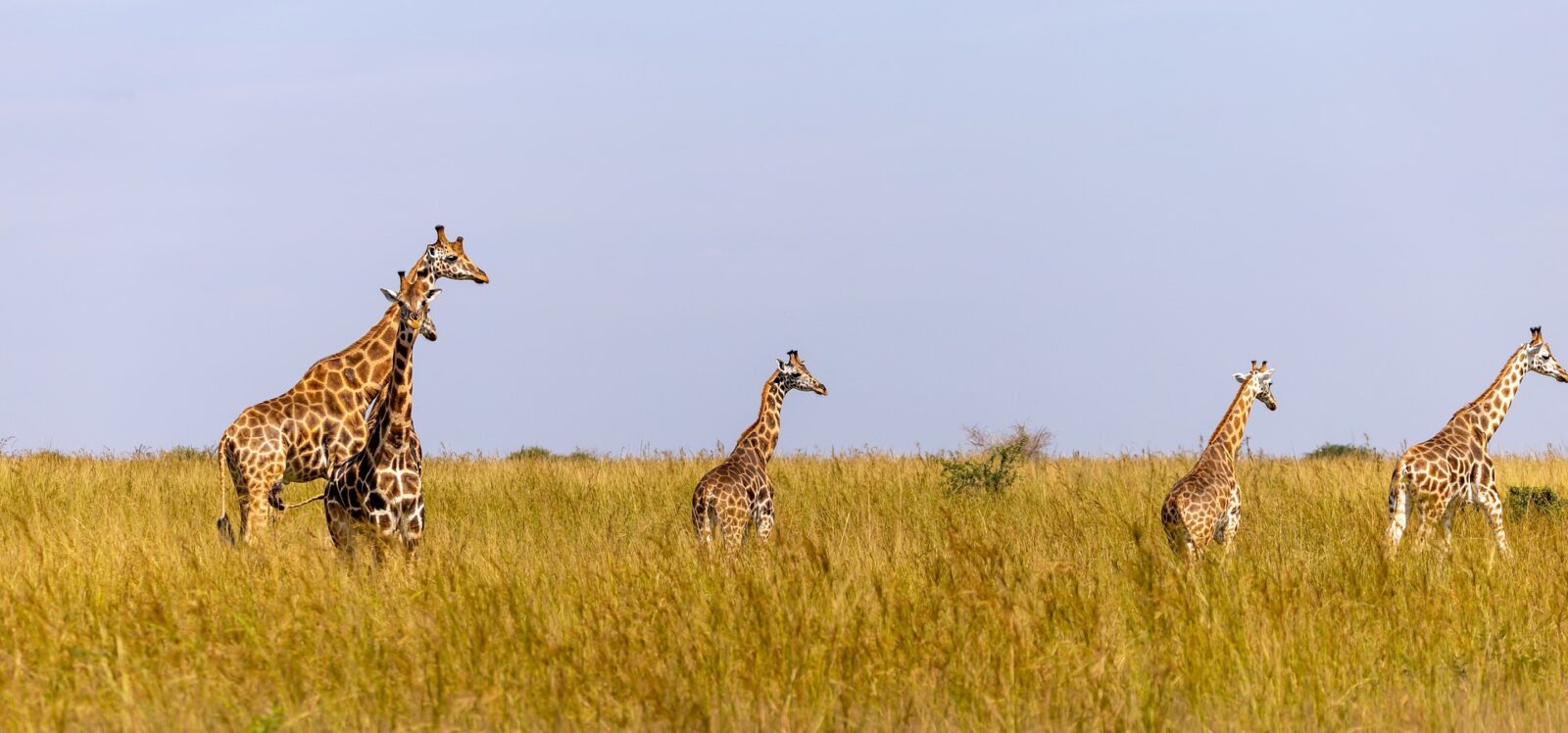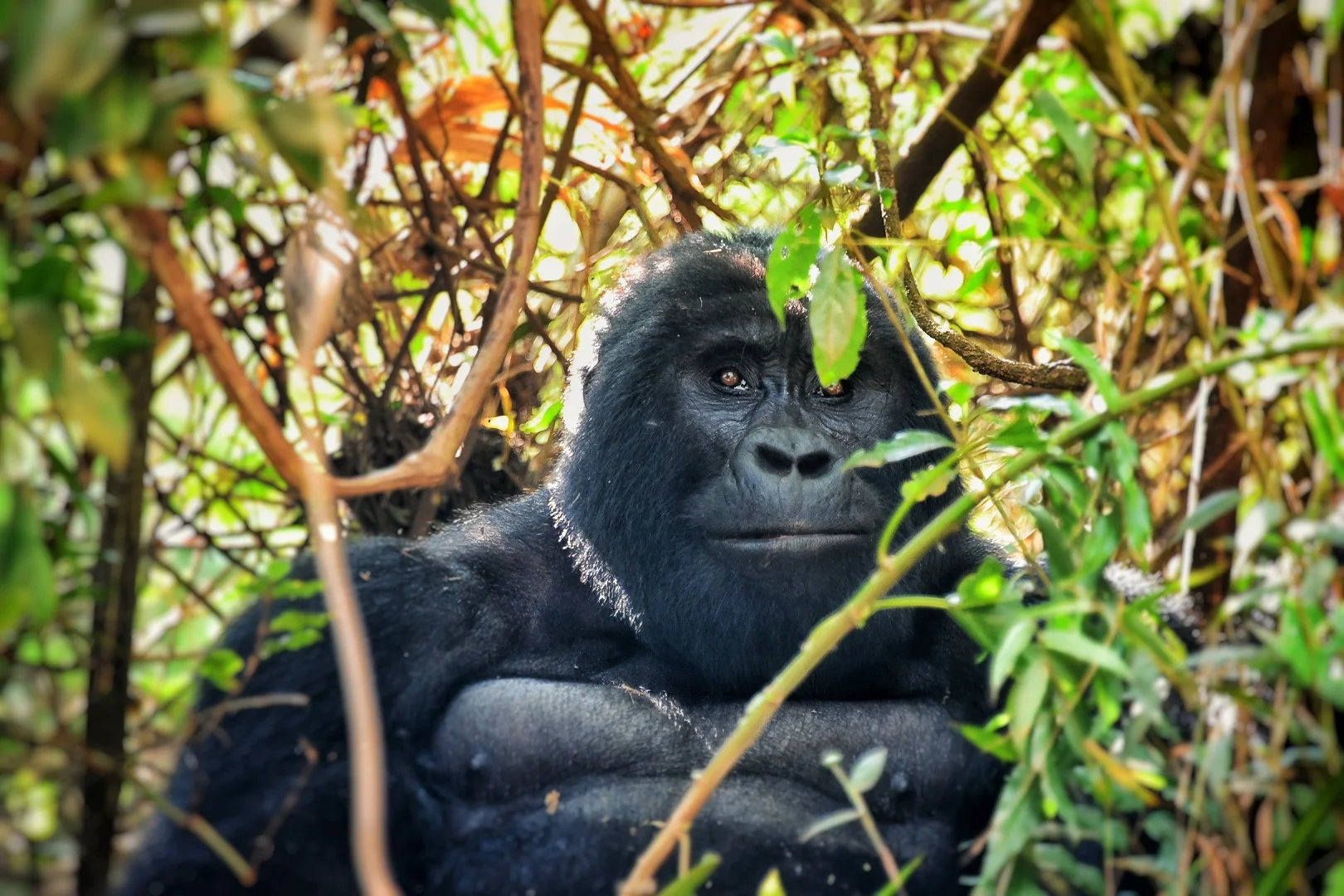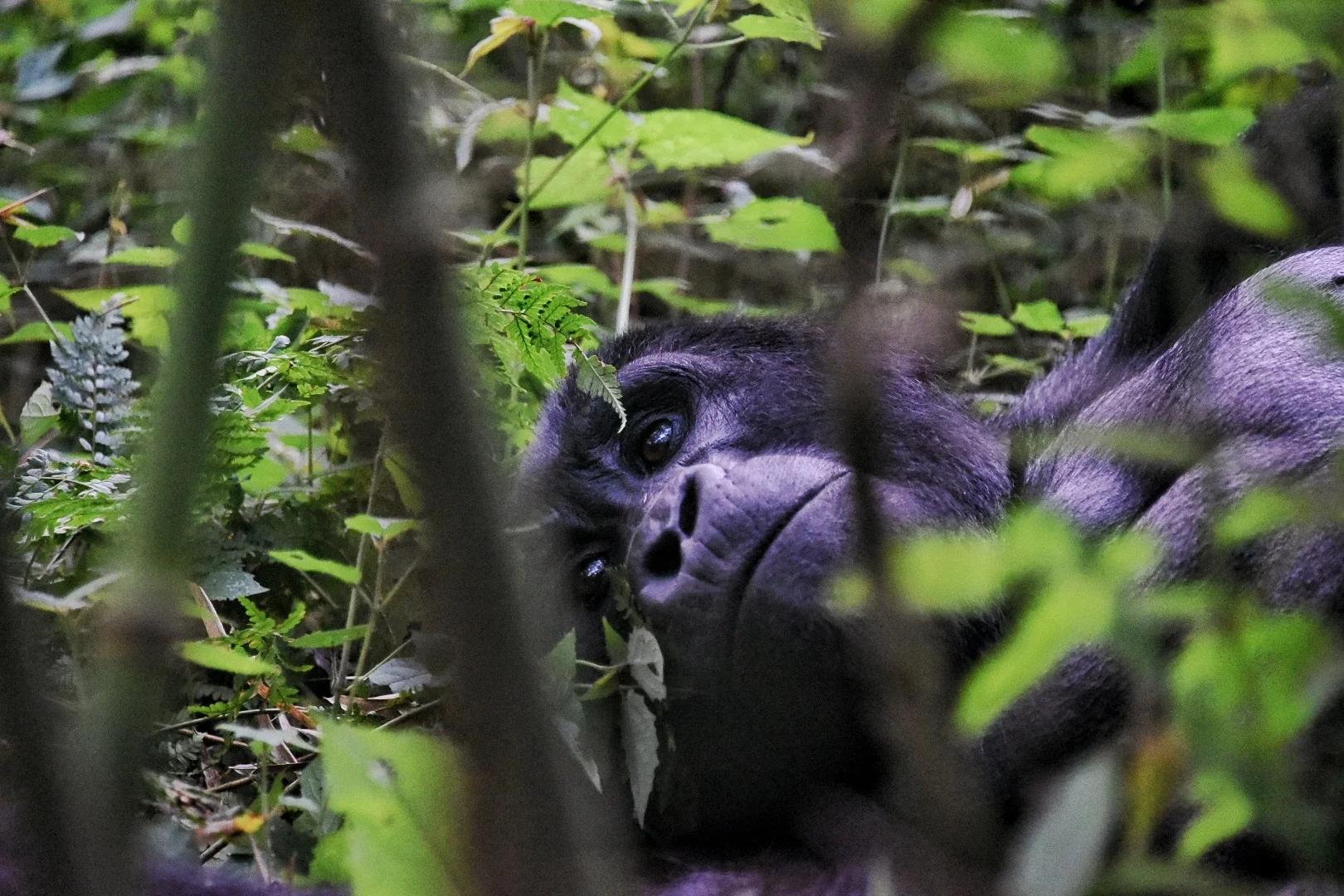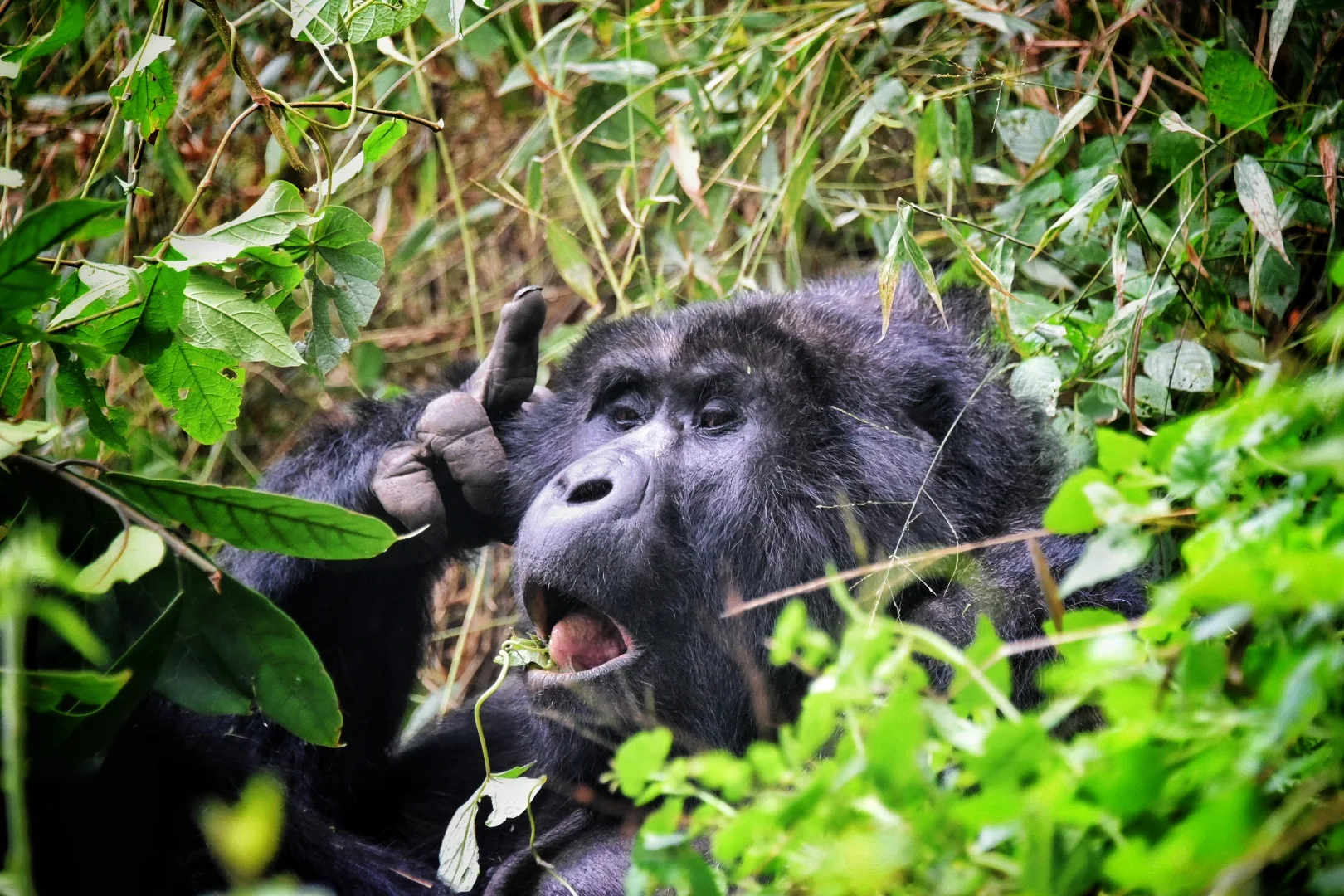
Wildlife Tours— Guide
Uganda Wildlife Tours – The Untamed Heart of Africa
Uganda is often celebrated for its mountain gorillas, but beyond the misty forests lies a country alive with wild beauty and astonishing biodiversity. From the thundering cascades of Murchison Falls to the vast savannahs of Queen Elizabeth and the untouched wilderness of Kidepo, Uganda’s wildlife tours reveal a side of the country that rivals Africa’s most famous safari destinations.
Known as the “Pearl of Africa,” Uganda is a land where the Nile roars, elephants wander beneath acacias, and lions rest high in fig trees. Its national parks and game reserves host everything from the Big Five to hundreds of bird species, all set within some of the most scenic landscapes on the continent.
These tours focus solely on wildlife safaris — pure encounters with nature, untouched and unforgettable.
1. Murchison Falls National Park – The Power and the Plains
Located in northwestern Uganda, Murchison Falls National Park is the country’s largest and oldest protected area, where the mighty River Nile explodes through a narrow gorge before cascading into a roaring pool below. But beyond its breathtaking waterfall, the park offers one of Uganda’s richest wildlife experiences.
Wildlife Highlights:
Large populations of elephants, buffaloes, giraffes, and antelopes grazing across open plains.
Lions and leopards prowling the savannah.
Hippos and crocodiles crowding the Nile’s banks.
Over 450 bird species, including the rare shoebill stork.
Activities:
Game drives on the Buligi Peninsula.
Boat cruises to the base of Murchison Falls.
Guided hikes to the top of the falls.
Birding excursions and photographic safaris.
Murchison’s blend of power and peace makes it a cornerstone of any Uganda wildlife itinerary.
2. Queen Elizabeth National Park – The Medley of Wonders
In western Uganda, Queen Elizabeth National Park spreads across a landscape of savannah, forest, crater lakes, and wetlands. It’s the most visited park in Uganda and one of the most diverse in all of Africa.
Wildlife Highlights:
The famous tree-climbing lions of the Ishasha sector.
Large herds of elephants, buffaloes, warthogs, and Uganda kobs.
Leopards and hyenas in the grasslands.
Over 600 bird species, making it a top African birding destination.
Hippos, crocodiles, and countless waterbirds along the Kazinga Channel.
Activities:
Morning and evening game drives.
Boat cruises along the Kazinga Channel.
Lion tracking research experiences.
Nature walks and crater lake explorations.
Queen Elizabeth’s diversity — from rolling savannah to forested gorges — makes it the true “Medley of Wonders.”
3. Kidepo Valley National Park – Africa’s Hidden Eden
Far in the remote northeast, Kidepo Valley National Park is a land of raw, untouched wilderness. With its rugged landscapes, sweeping savannahs, and dramatic mountains, Kidepo feels like a secret Africa — wild, authentic, and gloriously isolated.
Wildlife Highlights:
Over 77 mammal species, including cheetahs, lions, leopards, elephants, and zebras.
Rare species like caracals, aardwolves, and bat-eared foxes.
Large herds of buffaloes — sometimes numbering in the thousands.
Over 470 bird species, including the Kori bustard and ostrich.
Activities:
Game drives in the Narus and Kidepo Valleys.
Cultural visits to Karamojong and Ik communities.
Scenic hikes to Mount Morungole.
Kidepo is Uganda’s most remote park and arguably its most beautiful — a destination for true wilderness seekers.
4. Lake Mburo National Park – The Compact Gem
Situated between Kampala and western Uganda’s highlands, Lake Mburo National Park is small but teeming with life. Its mix of woodlands, savannah, and lakes makes it perfect for shorter wildlife tours or as a stop between other destinations.
Wildlife Highlights:
Zebras, impalas, topis, eland, and buffaloes.
Leopards and hyenas, often seen during night drives.
Over 350 bird species, including the African finfoot and papyrus gonolek.
Activities:
Game drives and guided walking safaris.
Boat rides on Lake Mburo to see hippos and crocodiles.
Horseback and cycling safaris for close wildlife encounters.
Lake Mburo offers a gentler, more intimate safari — a place to slow down and enjoy nature’s quiet rhythm.
5. Semuliki National Park – The Rainforest Frontier
Bordering Congo, Semuliki National Park brings a touch of Central Africa into Uganda. Its tropical lowland forests and steamy hot springs make it one of the country’s most unique and lesser-visited wildlife destinations.
Wildlife Highlights:
Forest elephants, buffaloes, and antelopes.
Over 440 bird species, including many Central African species found nowhere else in East Africa.
Monkeys such as red-tailed, grey-cheeked mangabeys, and black-and-white colobus.
Activities:
Birding and forest walks.
Visits to the famous Sempaya Hot Springs.
Cultural experiences with local Bamba and Bakonzo communities.
Semuliki is a paradise for birdwatchers and explorers seeking Uganda’s wilder, tropical side.
6. Ziwa Rhino Sanctuary – Completing the Big Five
Located along the route to Murchison Falls, the Ziwa Rhino Sanctuary is the only place in Uganda where visitors can see white rhinos in the wild.
Activities:
Guided walking safaris to view rhinos safely on foot.
Birding and nature walks through acacia woodland.
Ziwa completes Uganda’s Big Five safari circuit (lion, elephant, buffalo, leopard, and rhino) and plays a vital role in the national rhino reintroduction program.
7. Wildlife Along the Nile and Wetland Sanctuaries
Beyond its major parks, Uganda’s wetlands, lakes, and river systems harbor extraordinary biodiversity.
Mabamba Swamp: Near Entebbe, this wetland is one of the best places in Africa to spot the shoebill stork.
Nile Delta (Murchison Falls): Offers some of the best birdwatching and hippo sightings in East Africa.
Queen Elizabeth’s Maramagambo Forest: Home to forest elephants, bats, and rare butterflies.
These smaller reserves offer rich wildlife experiences ideal for photographers and bird lovers.
8. Best Time to Visit Uganda for Wildlife Tours
Uganda’s wildlife viewing is excellent all year, but the dry seasons — June to September and December to February — are ideal. During these months, vegetation is thinner and animals gather around water sources.
The wet seasons (March–May and October–November) bring lush landscapes, fewer crowds, and exceptional birding opportunities.
9. Why Choose Uganda for Wildlife Safaris
Uganda’s wildlife safaris are unique because they combine variety, authenticity, and intimacy. The parks are less crowded than in other African destinations, yet offer just as much diversity — lions and elephants on the plains, rhinos in sanctuaries, and leopards prowling riverbanks.
What truly sets Uganda apart is its scenic diversity: every park feels different — from the dry valleys of Kidepo to the riverine forests of Murchison, and the crater lakes of Queen Elizabeth. Every journey becomes a blend of landscapes and encounters that reveal Africa’s wild heart in full.
10. Conservation and Sustainability
Uganda’s wildlife tourism directly supports conservation and community livelihoods. Park fees fund anti-poaching efforts, ranger training, and local projects that ensure wildlife coexists peacefully with people.
By traveling responsibly — staying in eco-lodges, using local guides, and respecting nature — visitors play an active role in protecting Uganda’s ecosystems for generations to come.




